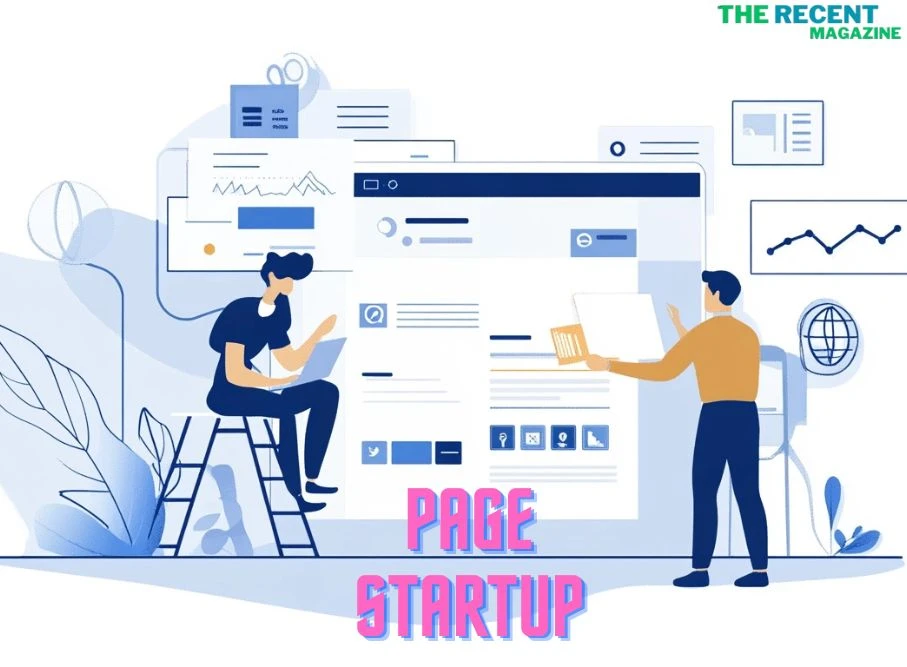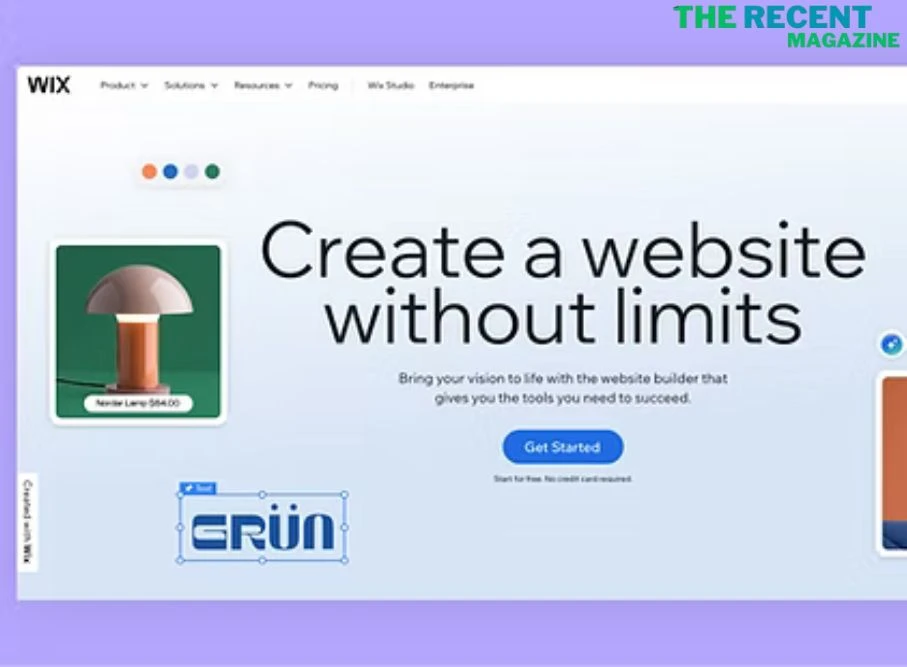Now Reading: Page Startup: Ultimate Guide to Boost Speed & Performance
-
01
Page Startup: Ultimate Guide to Boost Speed & Performance
Page Startup: Ultimate Guide to Boost Speed & Performance

Have you ever wondered why your browser opens to a specific page every time you start it? That’s what a “Page Startup” is all about the very first page you see when you launch your browser or device.
Imagine having the power to control that moment, setting it to a site that inspires you, keeps you productive, or simply makes your day easier. Whether you want quick access to your favorite news, email, or work tools, understanding how to set and customize your startup page can transform the way you begin your online sessions.
You’ll discover simple steps to master your startup page, unlock hidden features, and make your browsing experience truly yours. Ready to take control of your digital start? Keep reading!
Read More: Page Startup
Why Page Startup Matters
Page startupplays a key role in how users feel about a website. A fast startup means visitors see content quickly. This improves user experienceand keeps people on the site longer. Slow startup times can make users leave early, hurting site traffic.
Search engines like Google use page startup speed to rank websites. Faster sites often get better SEO rankings. This means more people find your site through search results. Improving startup speed is a simple way to boost visibility online.
| Performance Metric | What It Measures | Why It Matters |
|---|---|---|
| First Contentful Paint (FCP) | Time until first text or image appears | Shows how fast the page starts loading |
| Time to Interactive (TTI) | Time until page is usable | Measures when users can start clicking |
| Speed Index | How quickly page content is visually displayed | Helps understand overall load experience |
Factors Slowing Page Startup
Heavy images and media: take longer to load, delaying page startup. Large files slow down the browser and increase load time.
Excessive JavaScript: makes the page run slower. Too many scripts can block the browser from showing content fast.
Server response time: affects how quickly the page starts. If the server is slow, the page will wait longer to load data.
Unoptimized CSS: also slows startup. Large or complex stylesheets make rendering slower and affect the user experience.
Techniques To Boost Speed
Image compressionreduces file size without losing quality. Use formats like WebPor JPEGfor faster loading. Smaller images load quicker and save bandwidth.
Minifying codemeans removing spaces, comments, and extra characters. This makes HTML, CSS, and JavaScriptfiles smaller. Smaller files help pages load faster.
Browser cachingstores website data on a user’s device. This helps repeat visitors load pages faster. Set caching rules to keep files saved for a set time.
Content Delivery Networks (CDNs)use servers worldwide to deliver content. They make loading faster by serving data from a nearby location. CDNs reduce delays and improve user experience.
Optimizing Server Performance

Choosing the right hostingis key for fast server response. Shared hosting can slow your site. VPS or dedicated hosting offers better speed and control.
Implementing HTTP/2helps servers handle multiple requests efficiently. It reduces load time by sending data in parallel. Most modern browsers support HTTP/2, making it a smart choice.
Reducing server requests means fewer files to load. Combine CSS and JavaScript files. Use image sprites and limit plugins. This cuts down the number of times the browser contacts the server, speeding up page load.
Tools To Measure Startup Speed
Google PageSpeed Insightsshows how fast your page loads. It gives scores and tips to improve speed. Lighthouse Auditscheck your site’s performance, accessibility, and SEO. It runs tests and offers detailed reports.
WebPageTestlets you test page speed from different locations and devices. It provides a filmstrip view to see loading steps. Browser DevToolsare built-in tools in browsers like Chrome and Firefox. They help track loading times and find slow parts on your page.
These tools provide clear datato help you make pages load faster. Using them often can improve user experience and site ranking.
Improving Startup On Mobile
Responsive designensures your website fits all mobile screens. It adapts layouts to different sizes, making reading easier. This reduces the need to zoom or scroll sideways, improving user experience.
Lazy loadingdelays loading images and videos until needed. This speeds up the initial page display and saves mobile data. Visitors see content faster without waiting for everything to load at once.
Avoiding render-blocking resourcesmeans not loading heavy scripts or styles before showing page content. Place CSS and JavaScript files carefully to let the page appear quickly. This helps visitors start using your site sooner.
Setting Startup Pages In Browsers
Chrome Startup Settingsare simple to adjust. Open Chrome and click the three dots at the top right. Choose Settingsthen On startup. Select Open a specific page or set of pagesto add websites you want to see first. You can add new pages by typing their web addresses or use your current open tabs.
In Firefox, open the menu and go to Options. Find the Homesection. Under New Windows and Tabs, select Custom URLs. Enter the pages you want as startup. You can add multiple URLs separated by commas.
For Edge, click the three dots in the top right and select Settings. Go to the Start, home, and new tabssection. Under When Edge starts, choose Open these pages. Add your desired websites to open on launch.
Common Mistakes To Avoid
Ignoring mobile performancecauses slow loading times and poor user experience. Many users visit sites on phones. Fast mobile pages keep visitors happy and engaged. Mobile optimization is not optional anymore. It affects search rankings too.
Overloading with pluginscan make your page heavy and slow. Too many plugins cause conflicts and errors. Use only essential plugins. Regularly check plugin performance to avoid issues.
Neglecting regular updatesputs your site at risk. Outdated software can have security holes. Updates improve speed and fix bugs. Schedule updates to keep your site safe and smooth.

Frequently Asked Questions
What Do You Mean By Startup Page?
A startup page is the first webpage or screen a browser or device shows when you launch it. It sets your initial online view.
How Do I Set Up A Start-up Page?
Open Chrome, click the three dots, select Settings. Click “On startup,” choose “Open a specific page,” add your desired webpage, then save.
What’s The Difference Between Homepage And Startup Page?
The homepage appears when you click the homepage button. The startup page opens automatically when you launch the browser.
Where Is Startup On Chrome?
To find Startup on Chrome, open the browser, click the three dots (More) top-right, select Settings, then click On startup in the left panel. Choose your preferred startup option there.
Conclusion
Setting a startup page helps you start browsing quickly and easily. Choose pages that suit your daily needs. Chrome’s settings let you pick new tabs, previous tabs, or specific pages. This simple step saves time and keeps your browsing organized.
Adjust your startup page anytime to fit your routine. Small changes make browsing better every day.























